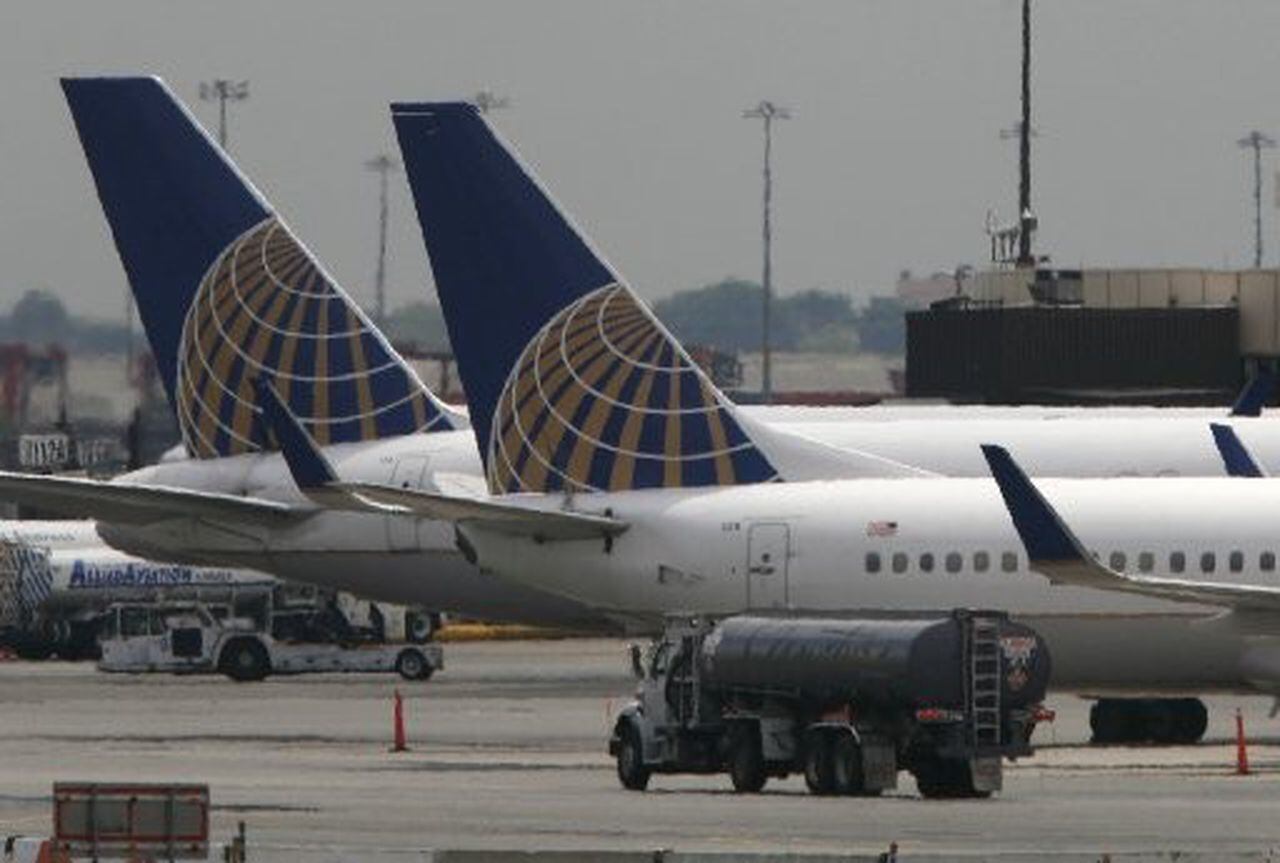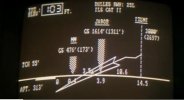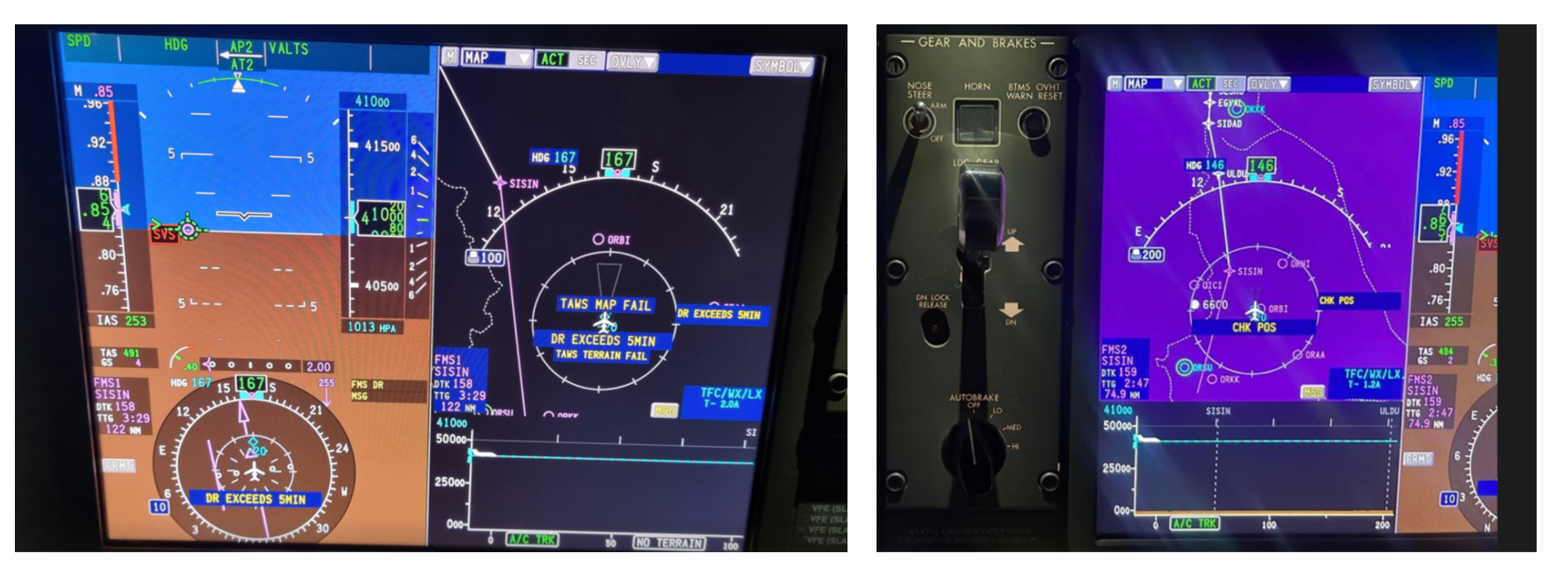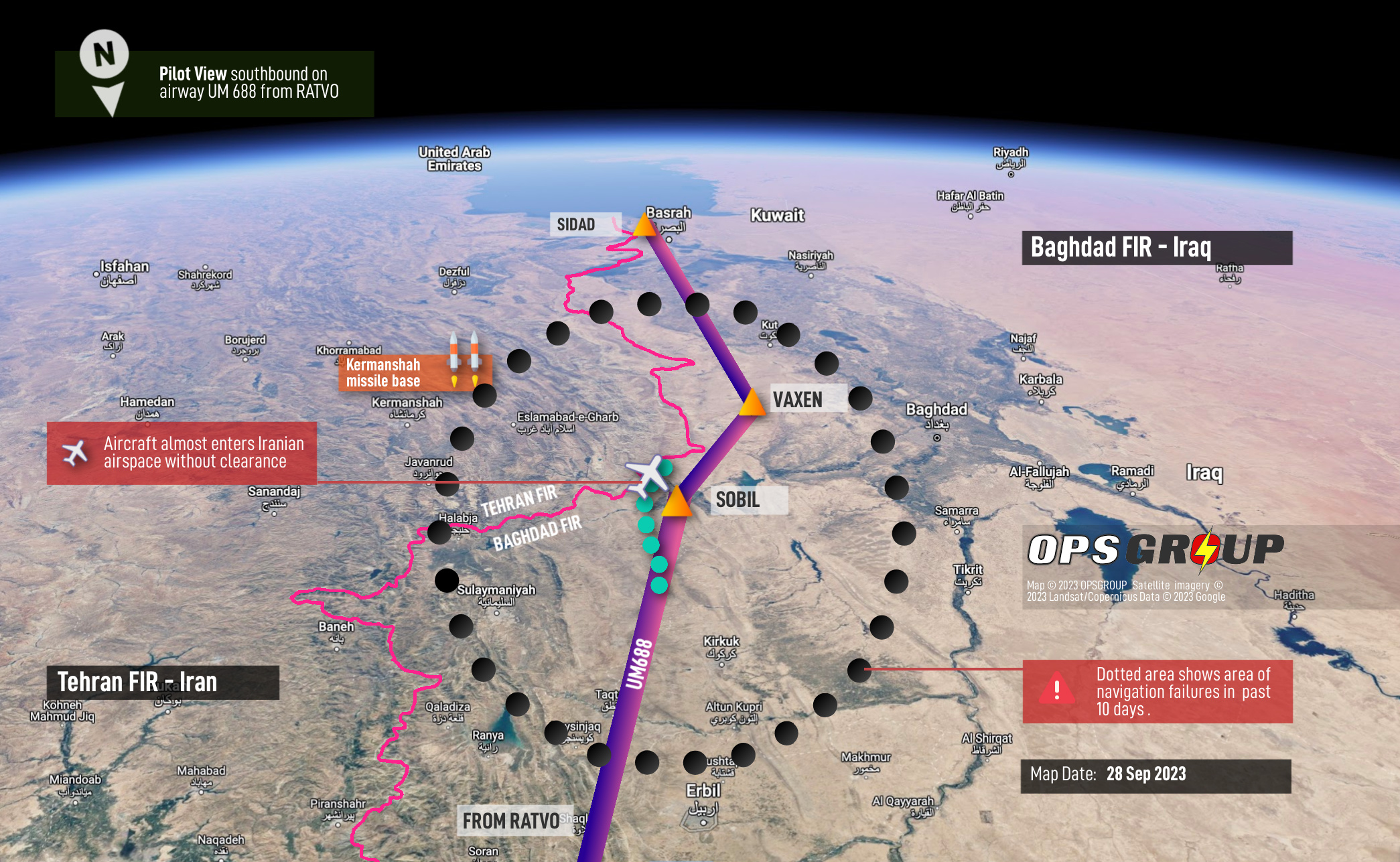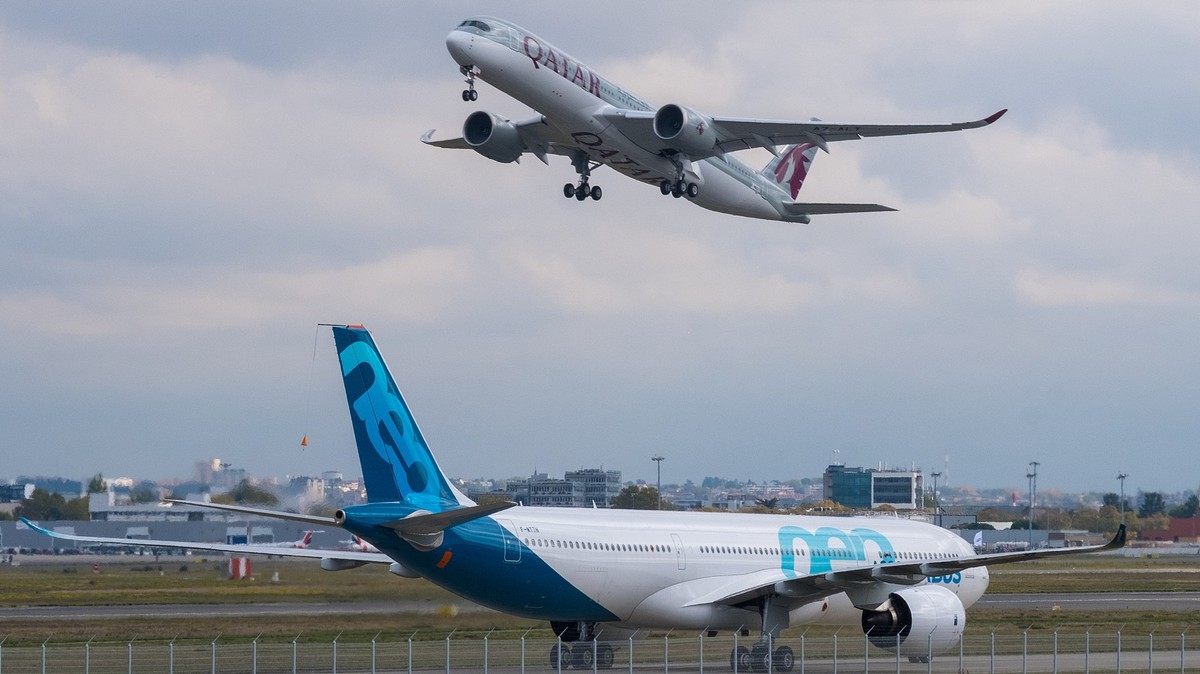
Commercial Flights Are Experiencing 'Unthinkable' GPS Attacks and Nobody Knows What to Do
New "spoofing" attacks resulting in total navigation failure have been occurring above the Middle East for months, which is "highly significant" for airline safety.
While GPS spoofing is not new, the specific vector of these new attacks was previously “unthinkable,” according to OPSGROUP, which described them as exposing a “fundamental flaw in avionics design.” The spoofing corrupts the Inertial Reference System, a piece of equipment often described as the “brain” of an aircraft that uses gyroscopes, accelerometers, and other tech to help planes navigate. One expert Motherboard spoke to said this was “highly significant.”
“This immediately sounds unthinkable,” OPSGROUP said in its public post about the incidents. “The IRS (Inertial Reference System) should be a standalone system, unable to be spoofed. The idea that we could lose all on-board nav capability, and have to ask [air traffic control] for our position and request a heading, makes little sense at first glance— especially for state of the art aircraft with the latest avionics. However, multiple reports confirm that this has happened.”


